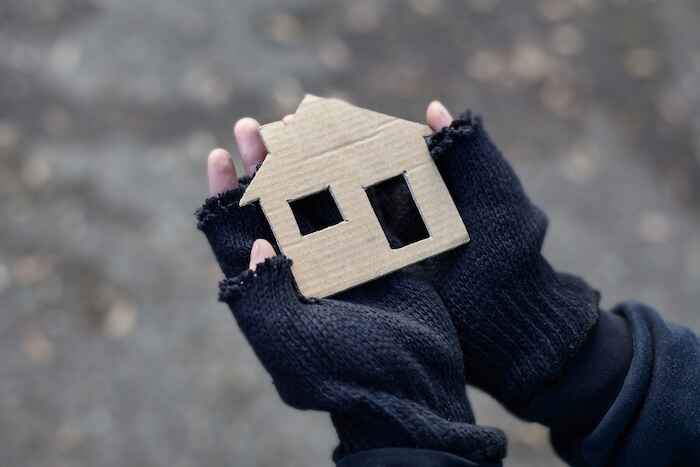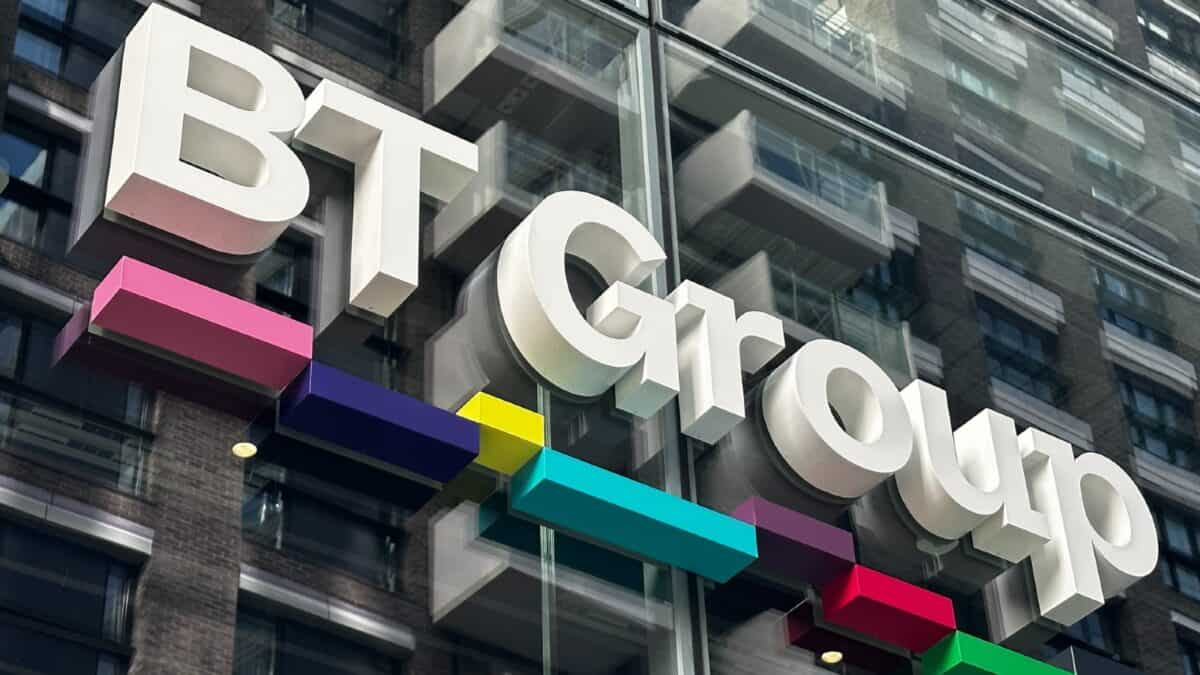The chart below tells us something very important.
In fact, it tells us two important things, and both of them can be expressed in seven words.
Shelter is a problem in the U.S.
Let’s look at the chart.
Yes, it’s a busy chart. But all you need to know is that these are the major expense categories for Americans. And the bars show how they contribute to overall inflation, as measured by the consumer price index (CPI).
That index began to soar in early 2021 and reached a peak of 9.1% in June 2022 – with rising energy and food costs driving inflation higher at the peak.
And no wonder…
The price of gasoline jumped to $5 a gallon that month. And food prices increased faster in 2022 than any other year since 1979 – due to labor costs, supply chain problems and the war in Ukraine (one of the biggest global exporters of seeds, food oils, corn and wheat).
But fast forward to February 2024. Every other category has come back to Earth. Indeed, falling auto and energy prices are actually pushing inflation lower.
The exception here is shelter, that dark green part of the bar that reads 2.0% for February 2024. It has accounted for almost two-thirds of overall price inflation for several months.
In fact, if you exclude shelter costs, headline inflation in the CPI is less than the Federal Reserve’s 2% target.
As I said before, shelter is a problem – in two distinct ways.
Mismeasurement
The first problem is the method the Bureau of Labor Statistics uses to measure shelter costs. There are two components: actual rental prices… and something called owners’ equivalent rent (OER).
OER represents what you’d pay if you were actually renting your home.
The BLS uses this OER component because home prices can rise in value over time, similar to stocks. And investment assets like that aren’t included in the CPI. So monthly rent is arguably a clearer indicator of consumption.
The problem is, BLS gets the OER data through a monthly survey that asks the following question of a sample of homeowners…
If someone were to rent your home today, how much do you think it would rent for monthly, unfurnished and without utilities?
As you can imagine, the survey is highly problematic. No one actually pays this fantasy price, and homeowners could easily misjudge or misrepresent such numbers.
Plus, about two-thirds of American households own their home, and more than 90% of those households have a fixed-rate mortgage. So for all those people, shelter costs are not changing month to month.
In a nutshell, this OER component of the consumer price index has little to do with any change in the cost of shelter for most Americans.
Yet, while actual rent prices make up 8% of the CPI index, the OER figure makes up 27% – or more than a quarter of the index.
That’s probably why the Fed tends to focus on an alternative measure of inflation, the personal consumption expenditures price index, of which shelter makes up just 15%. And that index was up 2.4% in January, much lower than the CPI and fairly close to the Fed’s target (we’ll get the February reading on Friday).
Until the BLS fixes the CPI, we have to keep in mind that it is distorted by this bizarre way of measuring the changes in how much Americans pay to house themselves.
And that brings me to the second way shelter is a problem in the U.S.
Huge Barrier to Ownership
The chart clearly shows that shelter prices are high right now. There’s simply not enough of it to go around. And the costs of finding it, if you don’t already have it, can be prohibitive.
This is a particular problem for low-income Americans and younger adults, especially the millennial generation.
I will write about this extremely important topic next week.
Until then, invest wisely.
Credit: Source link














